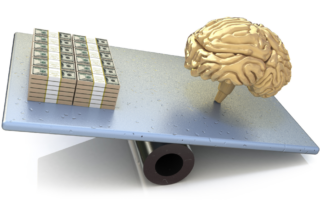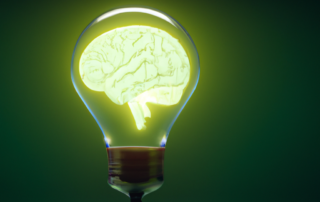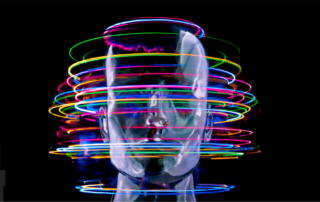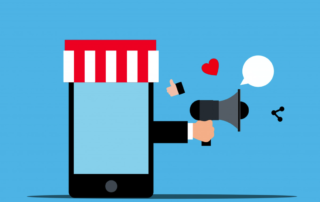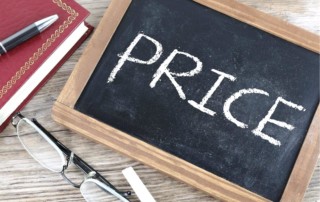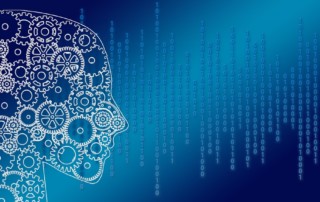The Making of an Expert: The Joy Factor
The pursuit of expertise has been a longstanding goal for us humans. Drawing from key research on how we build skills, we highlight the intrinsic connection between joy and the development of expertise in one’s field. By understanding joy as a vital component of expertise, we propose the concept of joyful expertise – a holistic approach to skill development. Potential contributors to joyful expertise include social connection, grit and resilience building, finding aligned environments, and the prioritization of holistic well-being.


